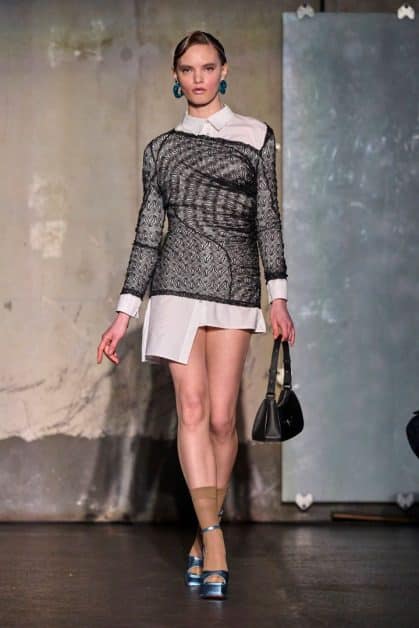Fashion weeks around the world serve as a platform to showcase creativity and achieve global exposure for participating brands. Therefore, the participation of designers and brands that adopt sustainability standards is essential to achieve this. Contrary to what some believe, that fashion weeks promote fast fashion and trends released each season, Paris Fashion Week has managed to achieve its goals this year by adopting more sustainable steps to enhance this strategy in the fashion world.
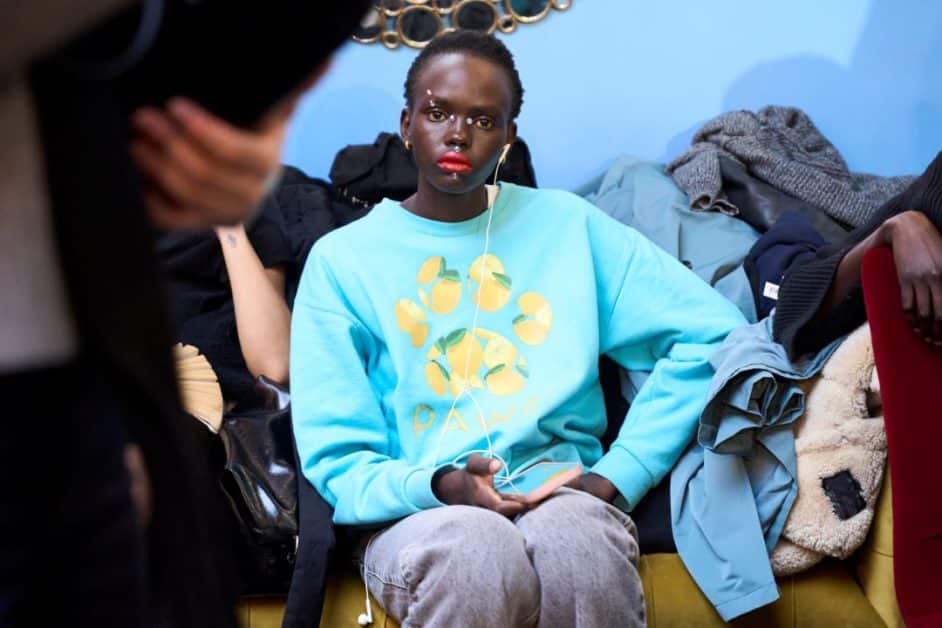
To understand what Paris Fashion Week is achieving in terms of sustainability, we must look at the achievements of Copenhagen Fashion Week since last year. It imposed 18 participation criteria, including not discarding pieces from previous collections and ensuring that half of the designs in the collection are made from high-quality materials. Brands are also required to establish their own online platforms to educate consumers about sustainability. Today, the focus is not on achieving quick profits, but on achieving long-term profit by promoting environmentally friendly consumer habits.
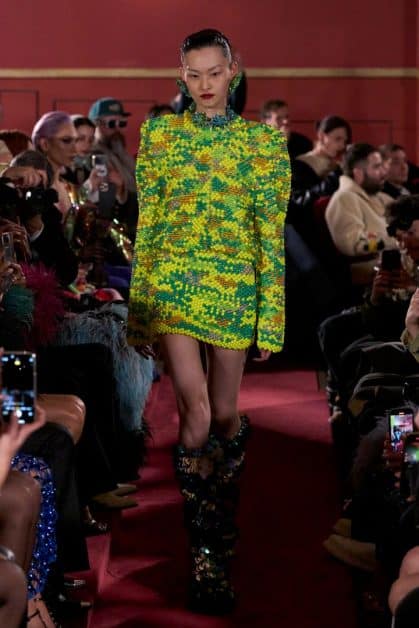
Since last year, Stella McCartney has been showcasing her efforts in fabric innovation in Paris, and Maria Mcmanus presented how to apply sustainability standards in her collection at New York Fashion Week. It is essential for the fashion industry to rethink their practices. There's no harm in creating a special section within fashion weeks for second-hand and vintage clothing, allowing visitors to experience and purchase them. This way, old clothes can be given a new life, contributing to the solution rather than being a source of pollution.
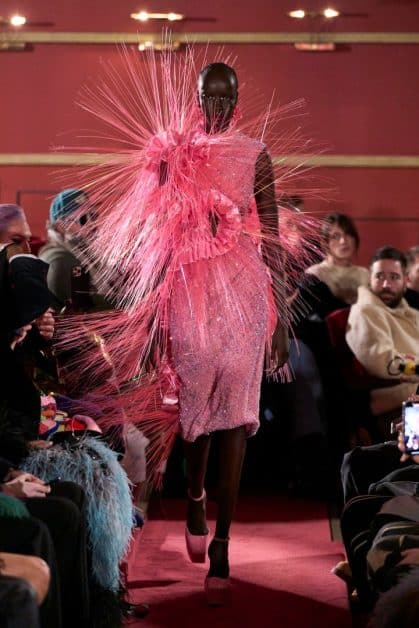
What does Paris Fashion Week offer in terms of sustainability this year?
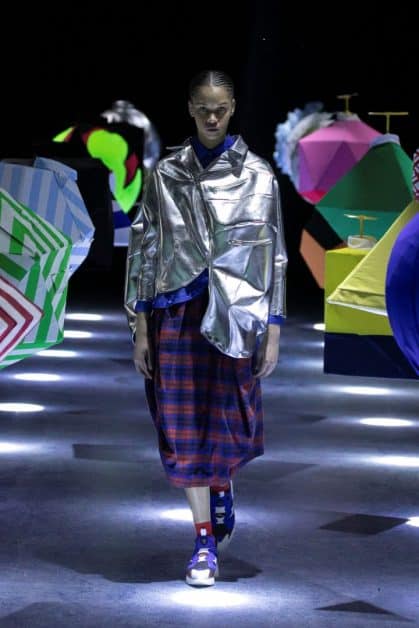
Paris Fashion Week, currently underway, is keen on focusing on sustainability standards to establish them as a lifestyle by involving a larger number of designers who adhere to these standards. One of the notable participating brands is Germanier, which launched a fantastic collection challenging the misconception that sustainable designs are merely street-style looks. Their collection, Les Epineuses, featured shiny materials embodying the shape of thorns and executed with thorn-shaped sequins, comprising glossy fabrics and creating variations and evening dresses adorned with colored beads or shiny pearl grains. By incorporating old materials that can be used to create different pieces, Germanier was able to attract new customers.
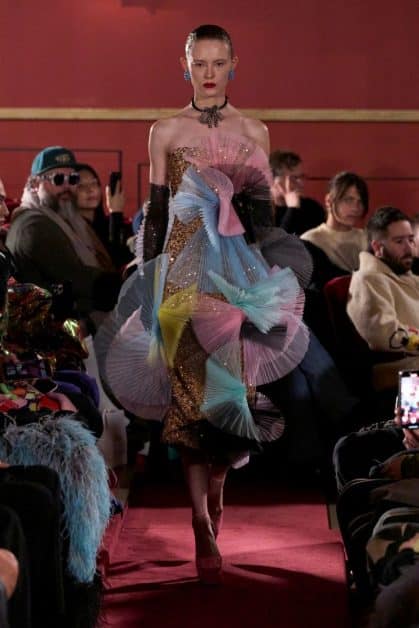
Since its inception, Paris Fashion Week has, in its first two days, featured a series of shows from sustainable brands or responsible designers who focus on using recycled materials and utilizing old fabrics from their archives. Anrealage utilized metallic fabrics to create jackets that can be reshaped into home decor pieces or coordinated with other items. The French Fashion Institute incorporated designers interested in environmental and sustainable issues from the start, executing composite pieces that can be dismantled and assembled to suit women's looks for various occasions. The designers not only presented practical but classic looks, aiming to innovate slow and high-quality fashion suitable for women of all ages, emphasizing timeless style rather than fleeting trends.
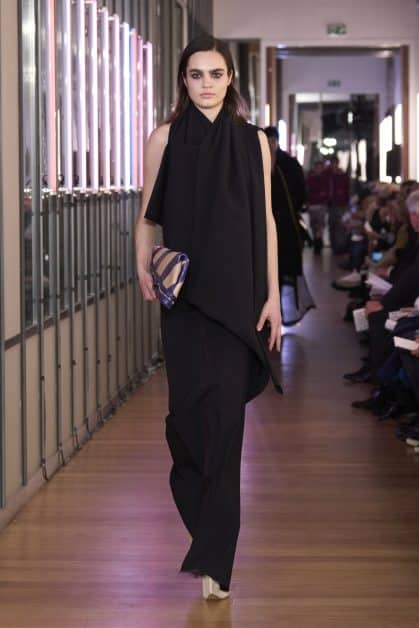
Ester Manas introduced the concept of smart street style by intentionally intertwining fabrics to display skill in combining fabric waste and blending contrasting materials. By merging neutral tulle with patterned silk, she achieved a modern look using creative techniques and high craftsmanship skills. Young designers are facing the challenge of dealing with the fast fashion sector, which in the recent past relied on transient trends encouraging excessive consumption.
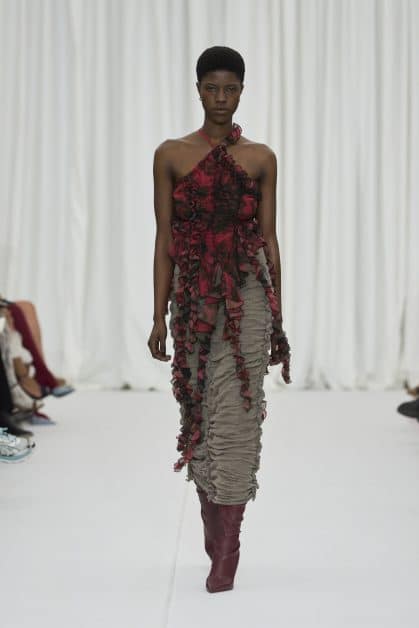
Finally, Weinsanto focuses on the concept of responsible fashion by creating pieces for women of all nationalities and shapes. Fashion should meet all standards, and the primary goal is to create timeless pieces that can be passed on through generations, regardless of the simplicity of the story and the monochromatic geometric model.
